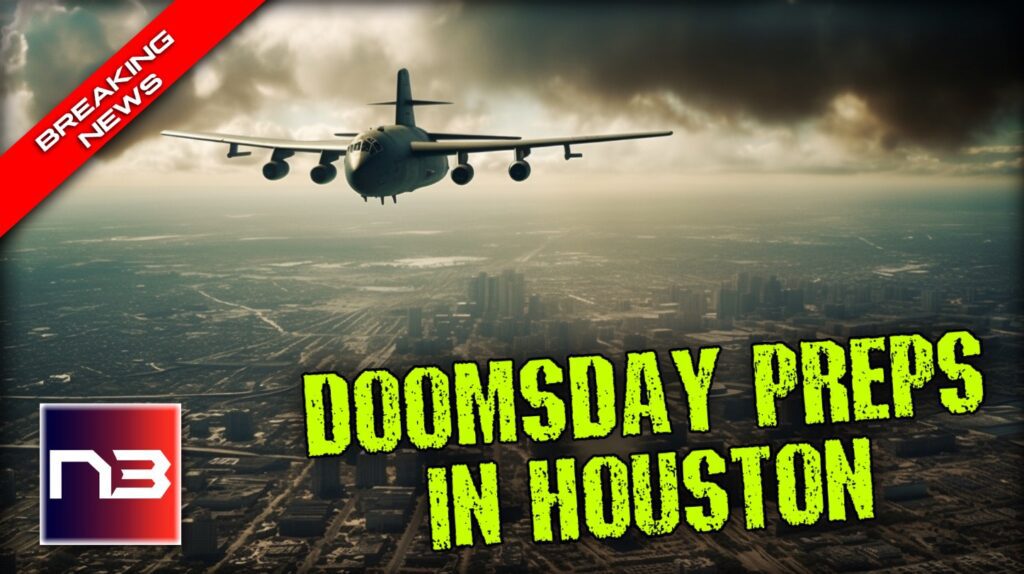Imagine waking up to a city under siege by a nuclear nightmare. This week, Houston will experience just that as the military stages a terrifying nuclear training drill. Are we ready for the horrifying reality of nuclear war? As North Korea and Russia loom in the shadows, a cloud of fear and anxiety engulfs the city. Join us as we delve into the chilling details of this apocalyptic exercise and uncover the truth behind Houston’s harrowing war games.
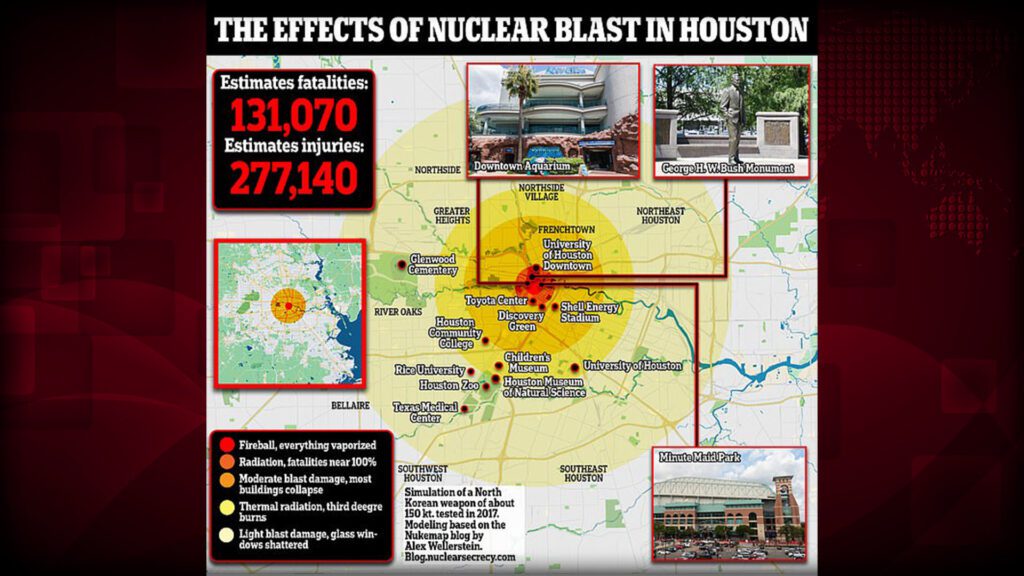

This week, Houston residents find themselves at the epicenter of a large-scale nuclear training drill, as the military simulates a catastrophic nuclear attack on American soil. The FBI warns of the presence of military personnel, aircraft, and people in protective gear, but assures the public there is no cause for alarm. With mounting threats from North Korea and Russia, this exercise highlights the government’s growing concerns and its efforts to prepare for a potential nuclear crisis.
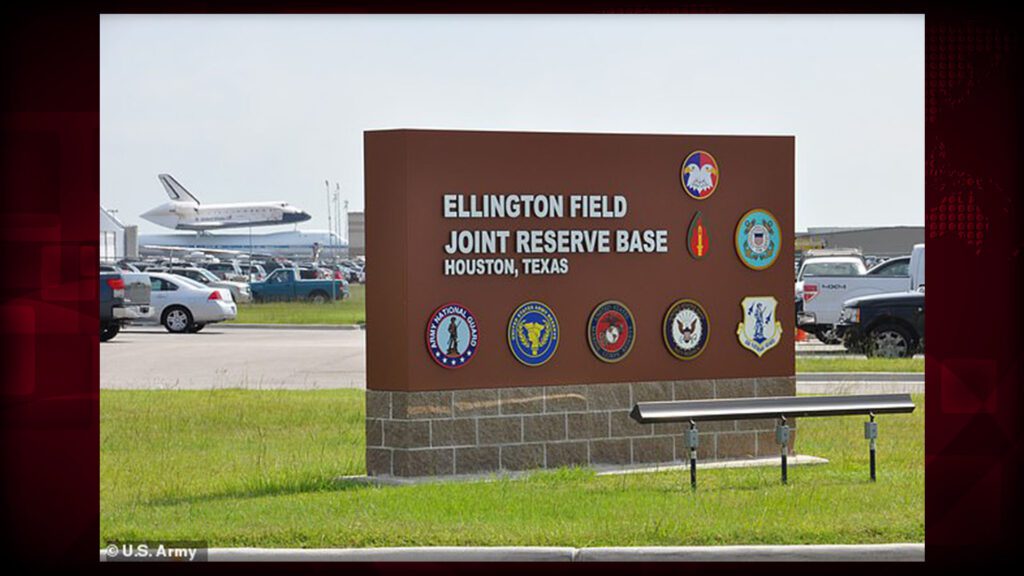

The drills will take place at various locations, including Ellington Field, a defense and homeland security compound shared by multiple military units from all five branches of the US Armed Forces. While the FBI has not disclosed the reasoning behind Houston’s selection, the city’s dense population and critical infrastructure make it a prime target for a nuclear attack.
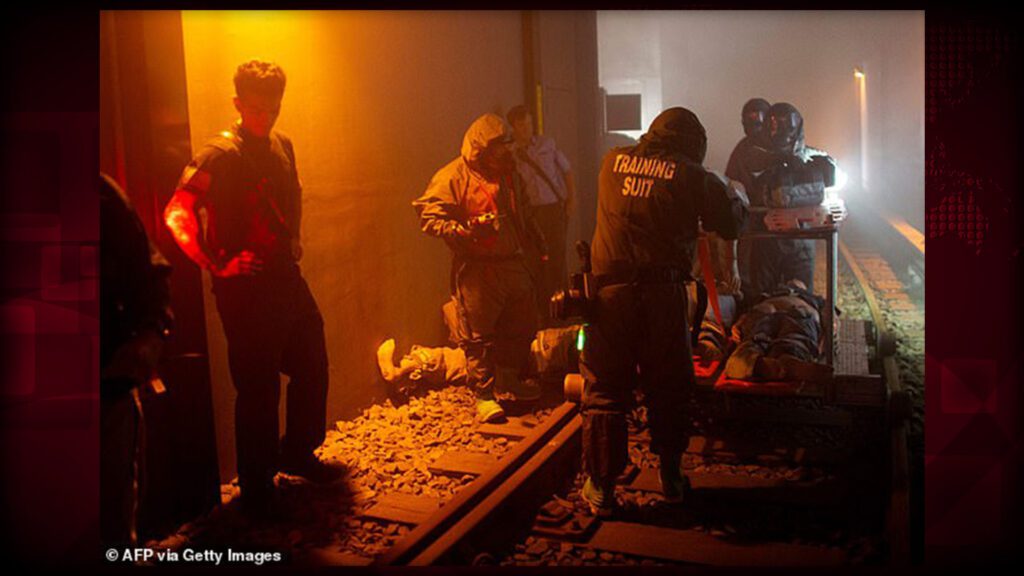

Last year, the US Department of Energy’s National Nuclear Security Administration led a similar exercise in Austin, Texas. Dubbed “Cobalt Magnet 22,” over 30 local, state, and federal agencies participated in the major radiological incident drill. This week’s exercises in Houston are part of a series of regularly scheduled US government biannual exercises.
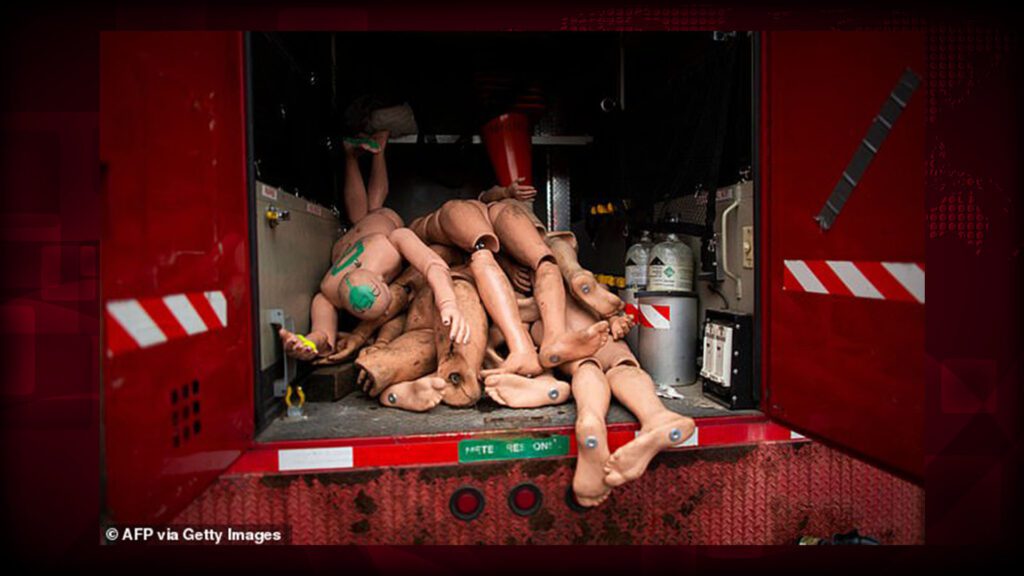

Several key agencies, such as the Department of Defense, the Department of Energy, the National Nuclear Security Administration, the FBI, and the Department of Homeland Security, will be involved in the training, alongside local and state law enforcement, fire, emergency management, and public health agencies.
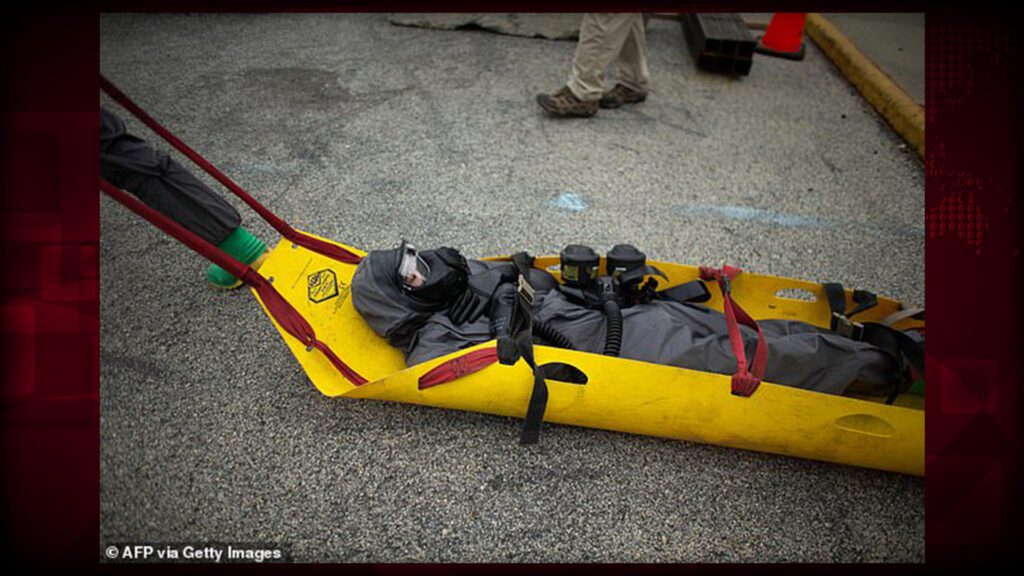

These exercises are designed to enhance operational readiness and response capabilities in the event of a nuclear incident, whether in the United States or overseas. Despite the frightening nature of the drill, the FBI emphasizes that the training will not pose any risk or interference to the public.
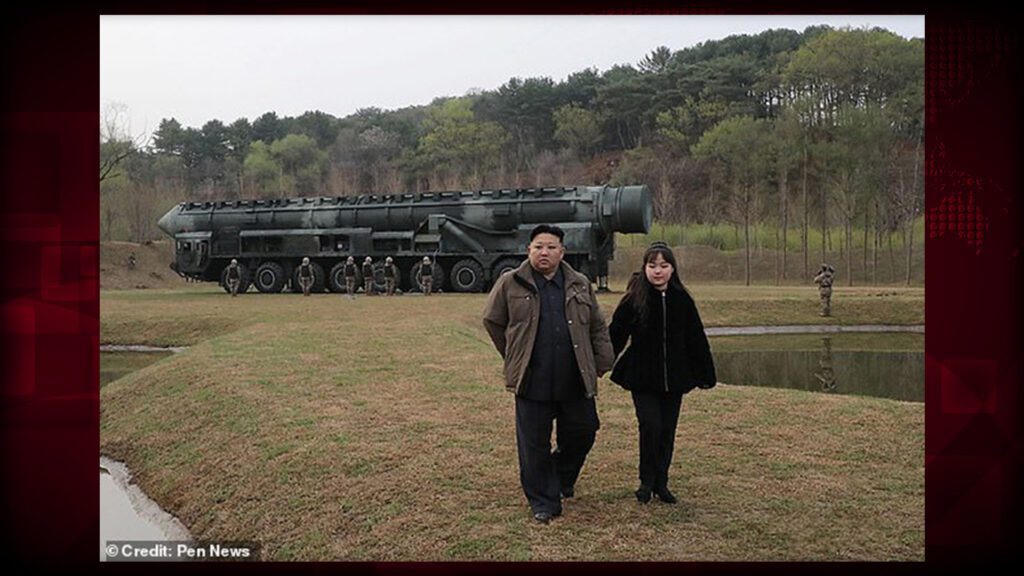

The timing of these exercises is particularly concerning as tensions between the United States and both North Korea and Russia escalate. During a recent state visit by South Korean President Yoon Suk Yeol, US President Joe Biden warned North Korea that a nuclear attack would be met with an overwhelming response. This warning has only fueled North Korea’s development of tactical nuclear weapons capable of targeting its neighbors and refining long-range weapons to threaten the US.
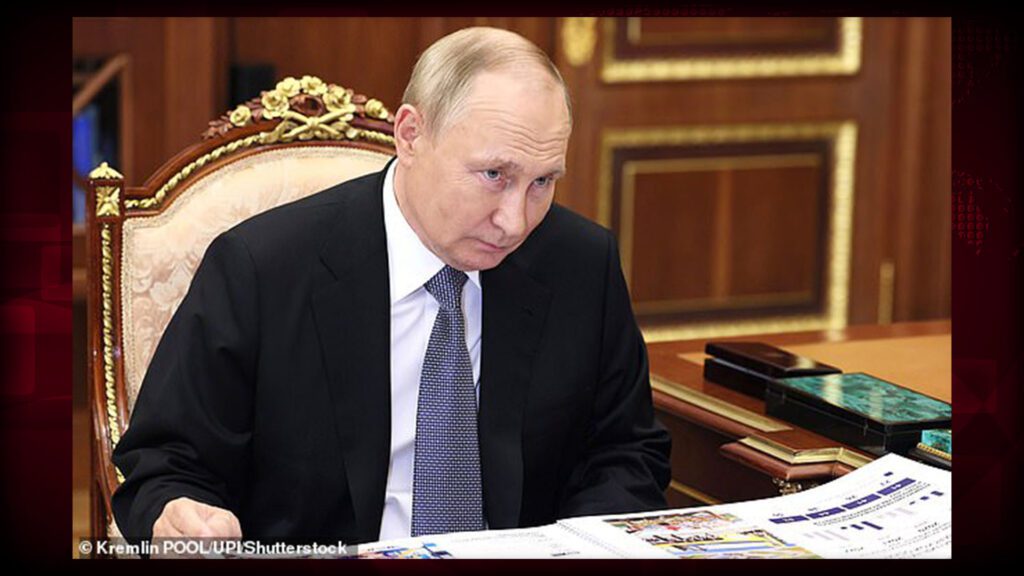

Furthermore, the ongoing conflict in Ukraine has elevated the risk of nuclear war with Russia. Dmitry Medvedev, the deputy secretary of Russia’s Security Council, stated that NATO’s provision of military assistance to Ukraine brings the world closer to a nuclear apocalypse every day. Russian President Vladimir Putin has not shied away from suggesting the potential use of nuclear weapons during the Ukraine crisis and has even overseen nuclear exercises within Russia.
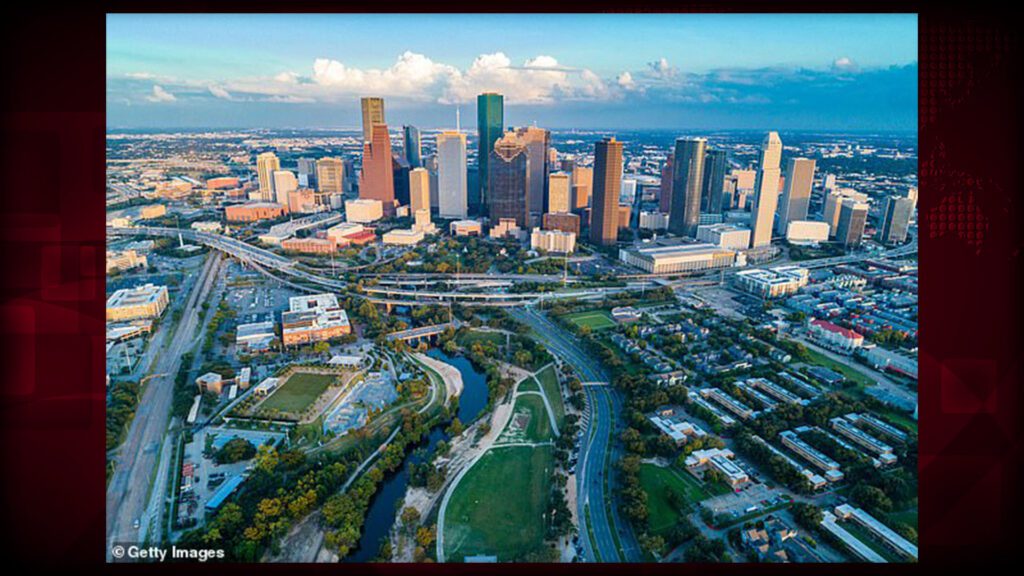

The Houston drills also serve as a stark reminder of the need for public preparedness. In 2018, a false ballistic missile alarm in Hawaii led to widespread panic among residents and tourists, revealing the importance of clear communication and readiness for such emergencies.
As the military stages its ominous nuclear training exercise in Houston, residents are left to ponder the chilling reality of a world on the brink of nuclear conflict. With the ever-present threats from North Korea and Russia looming large, this week’s war games serve as a grim reminder of the potential devastation that could be unleashed upon America’s cities. As we continue to monitor the situation, remember that staying informed and prepared is crucial in these uncertain times. Tune in to Next News for ongoing coverage of this alarming story and all the latest developments in our increasingly volatile world.
Let’s continue this conversation, in the comments below.
